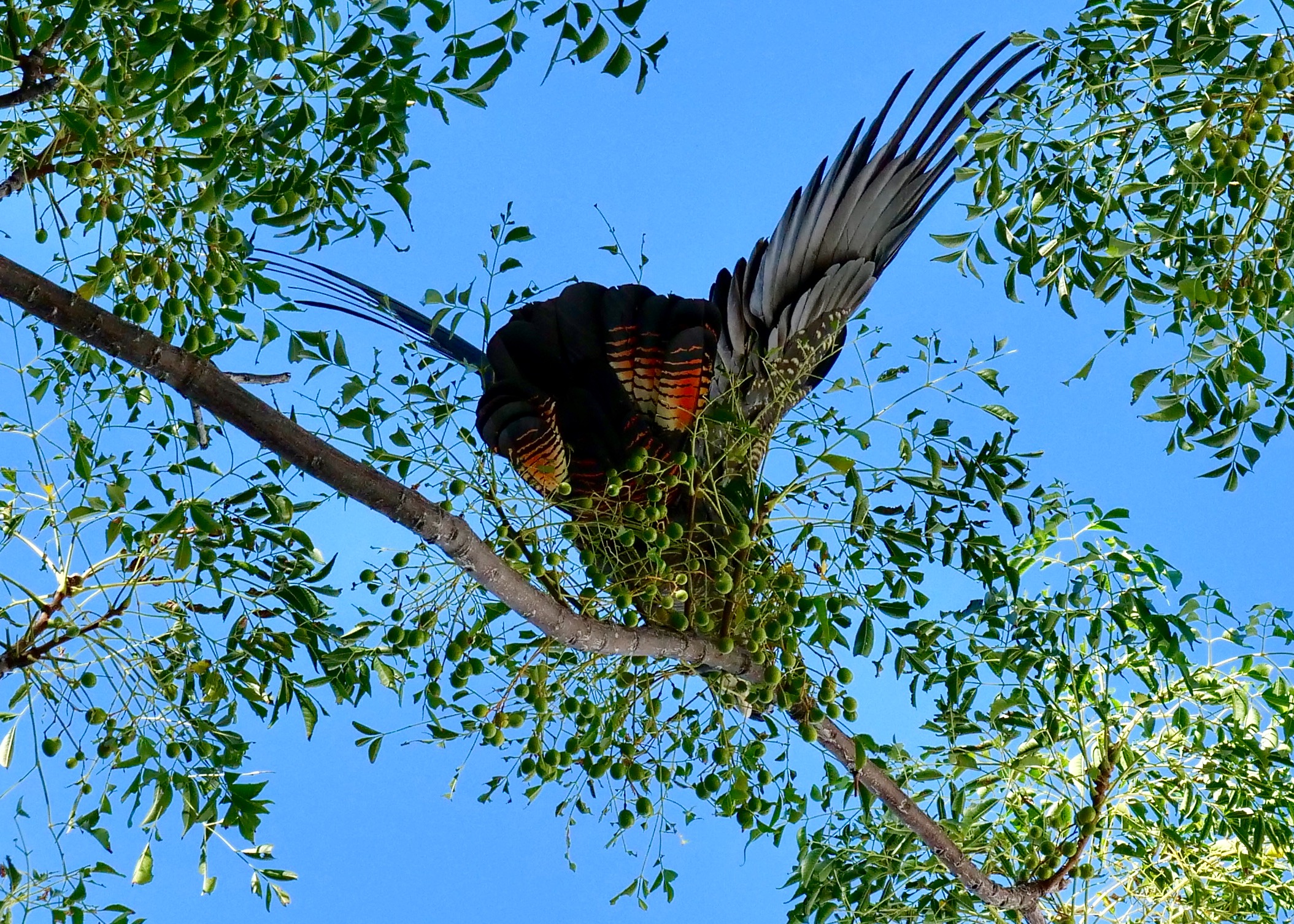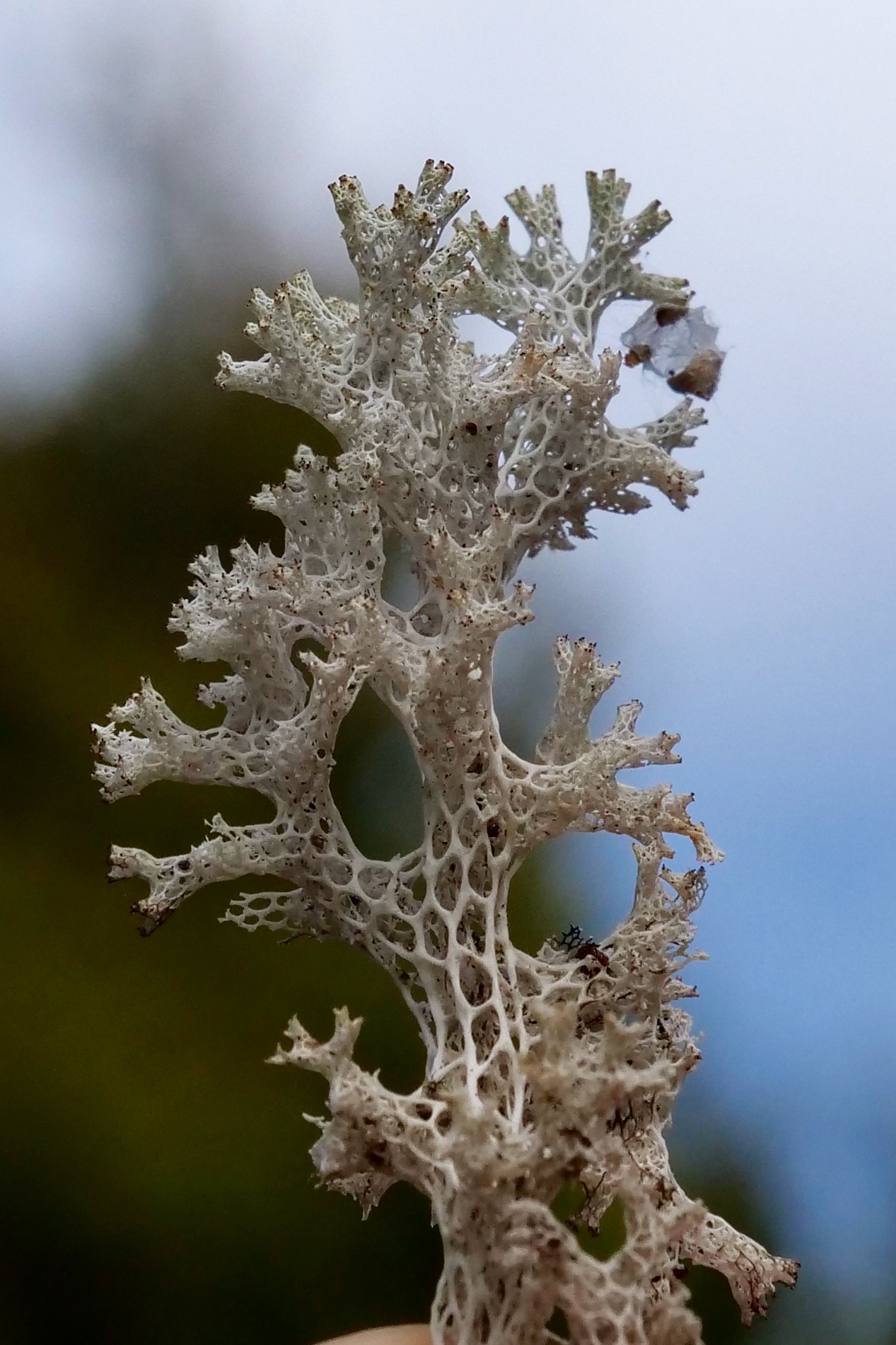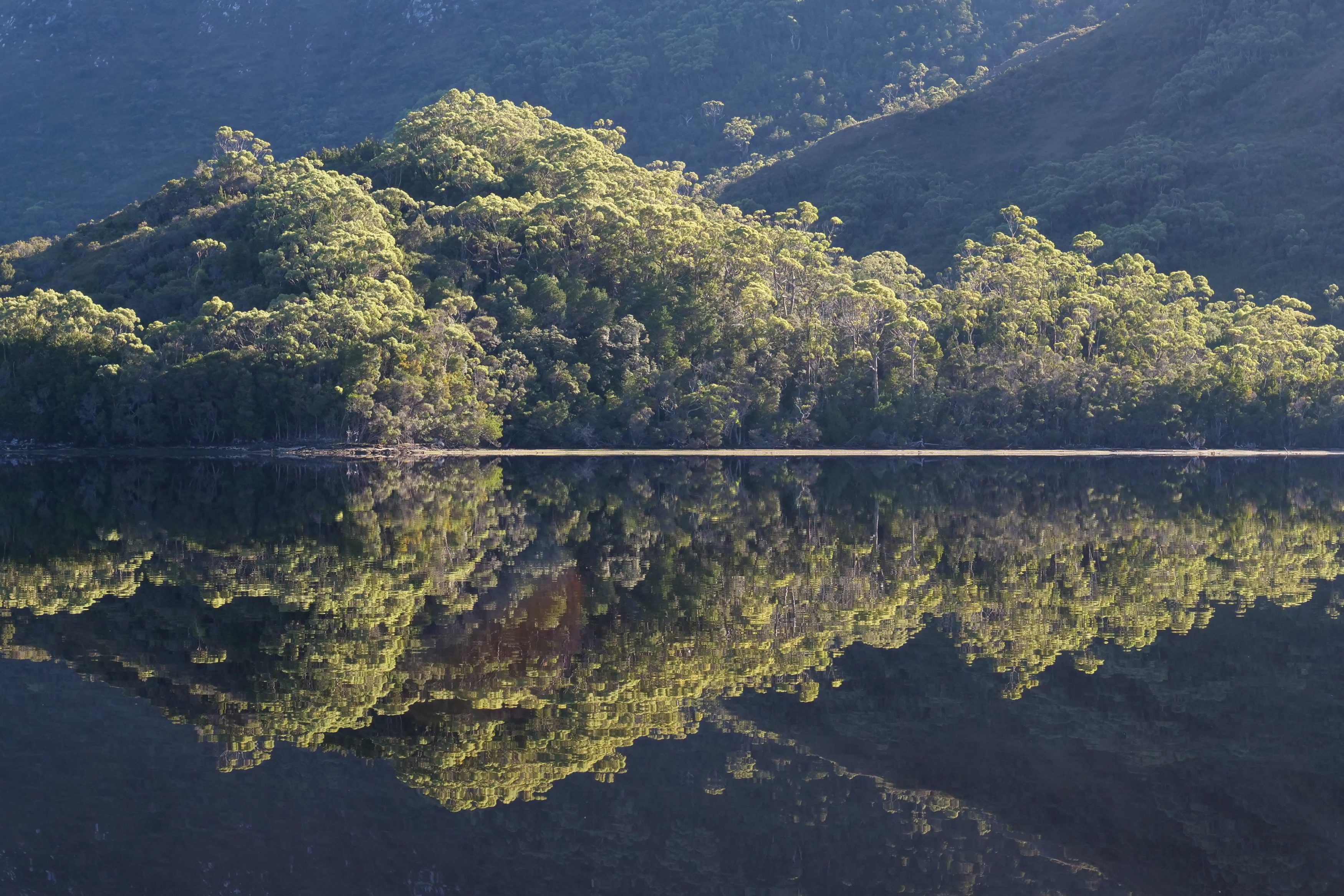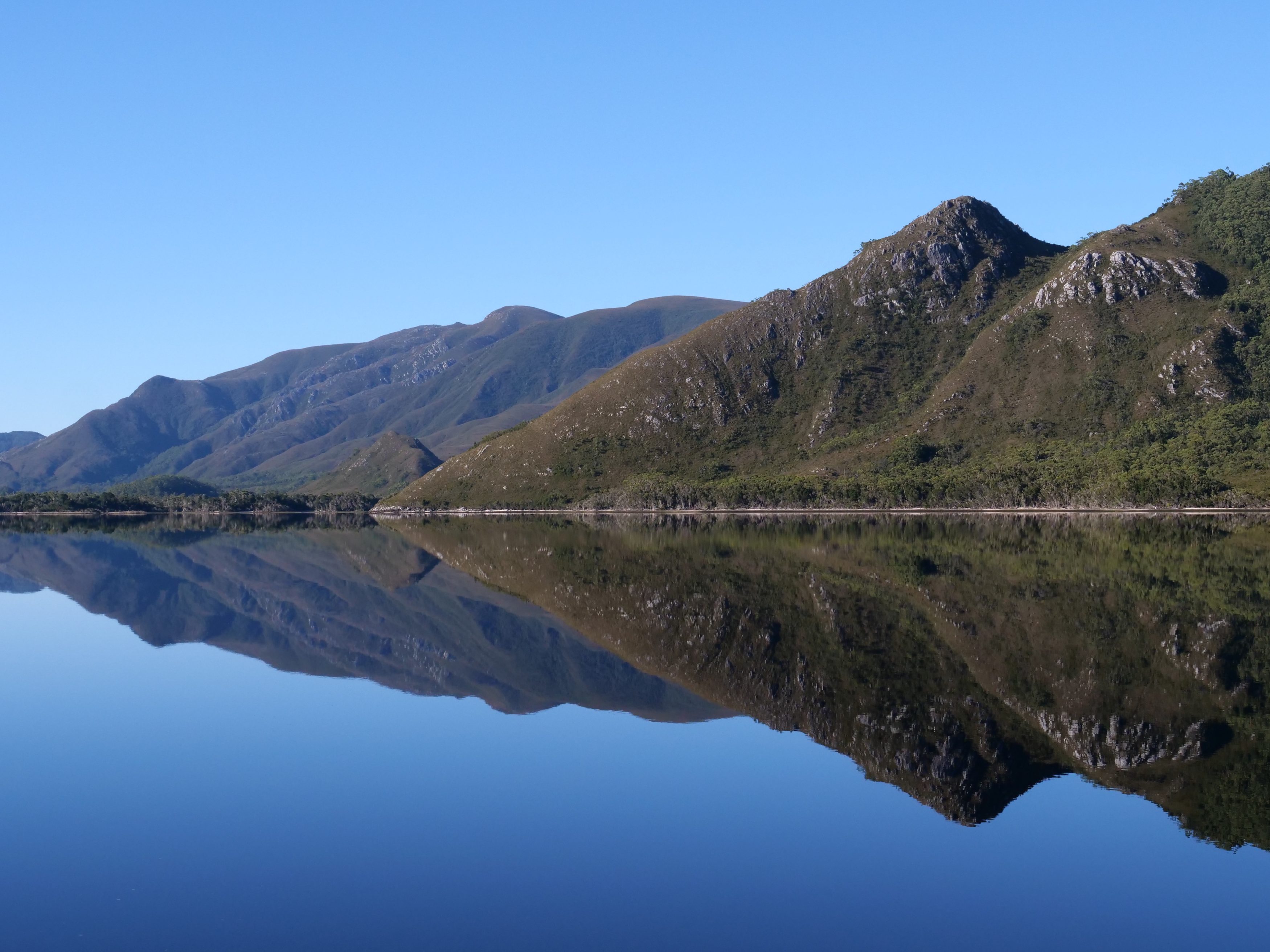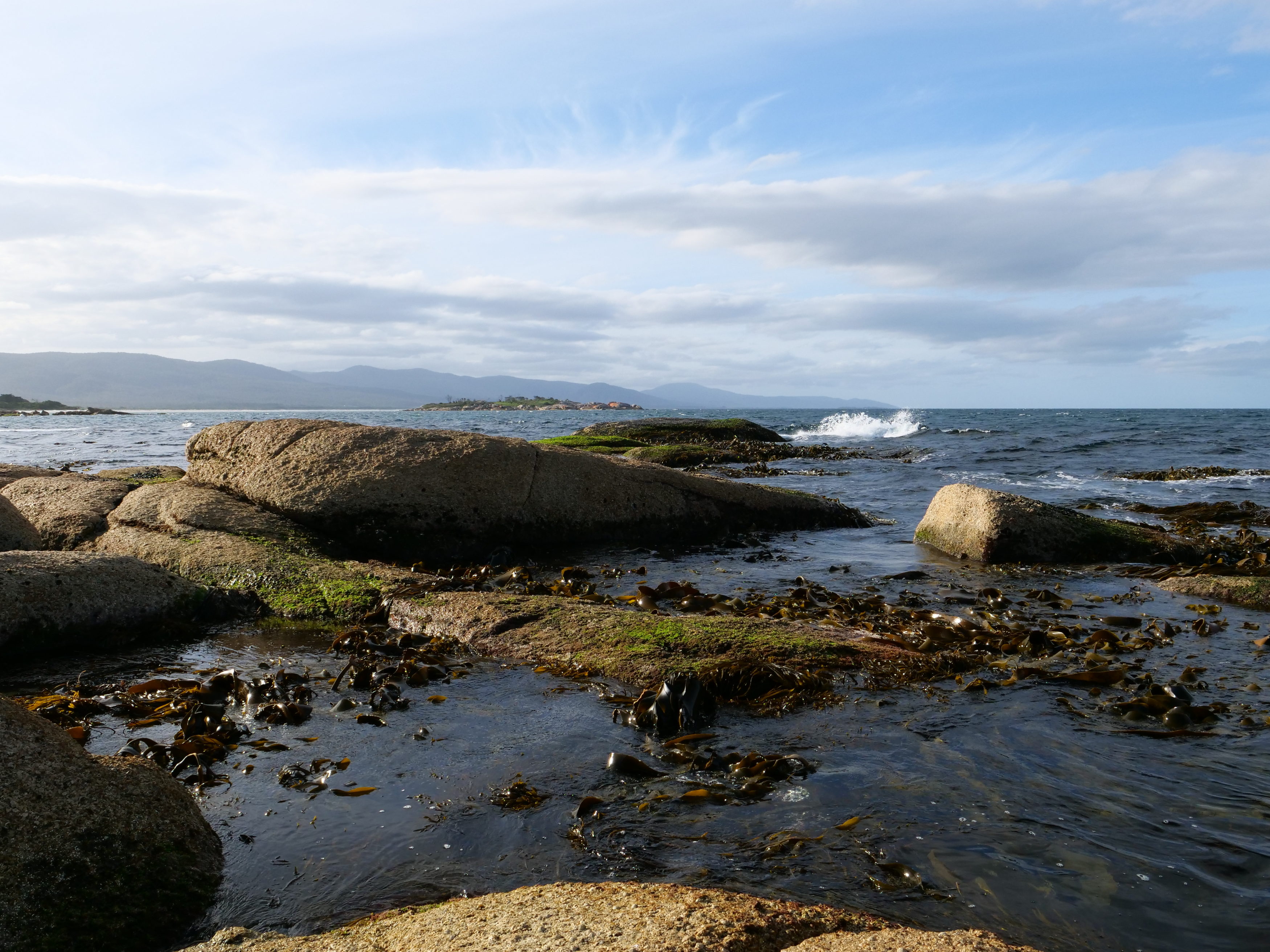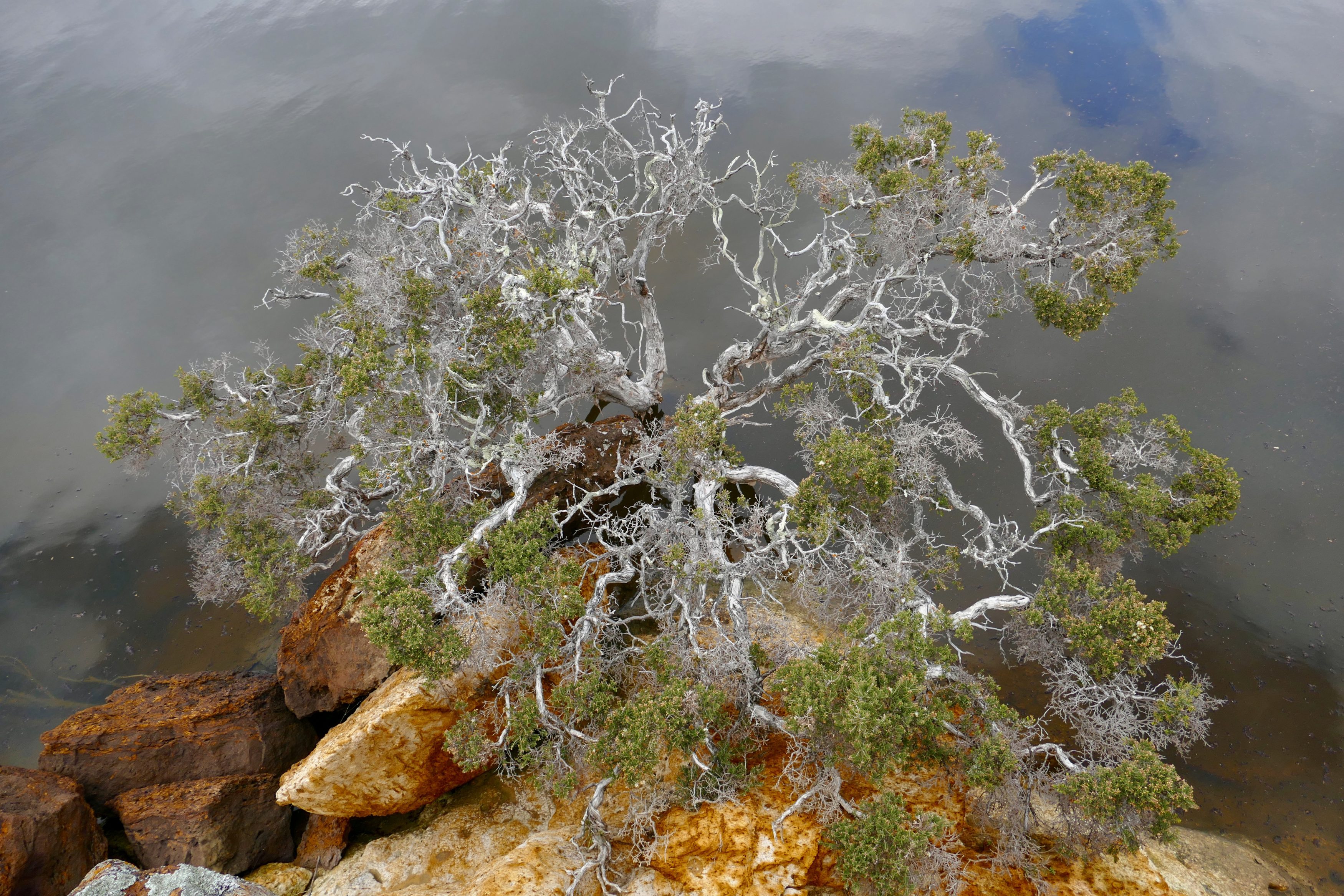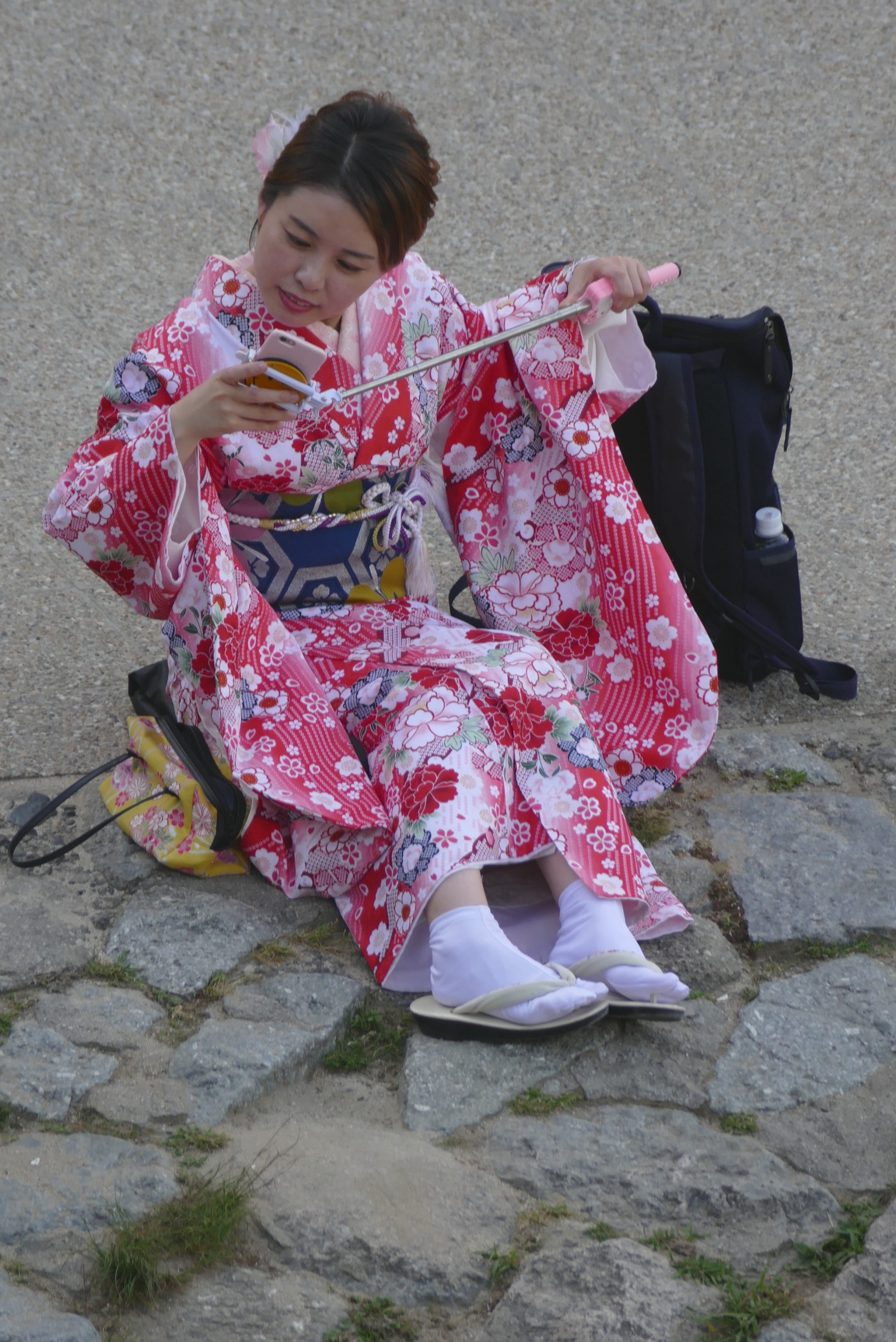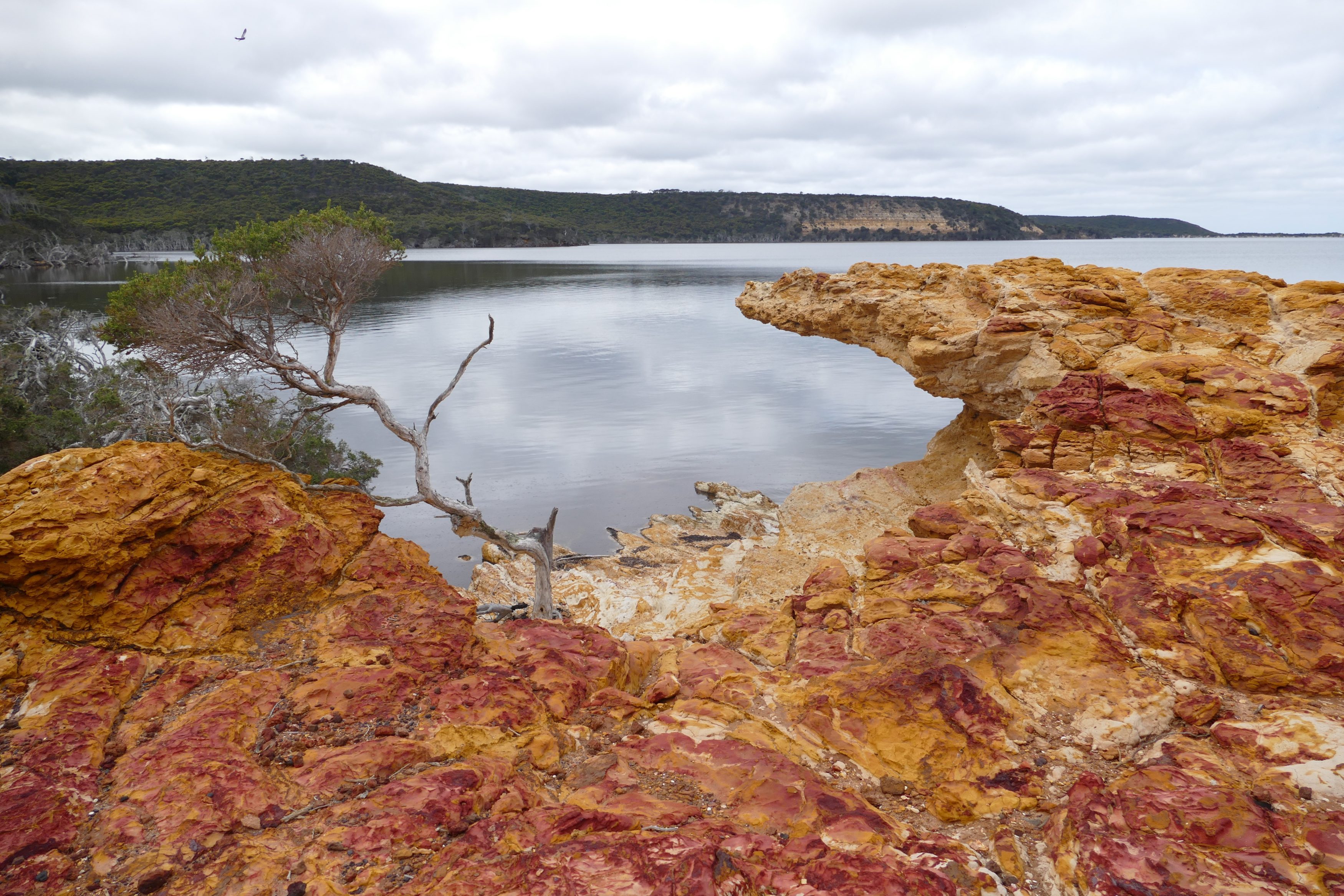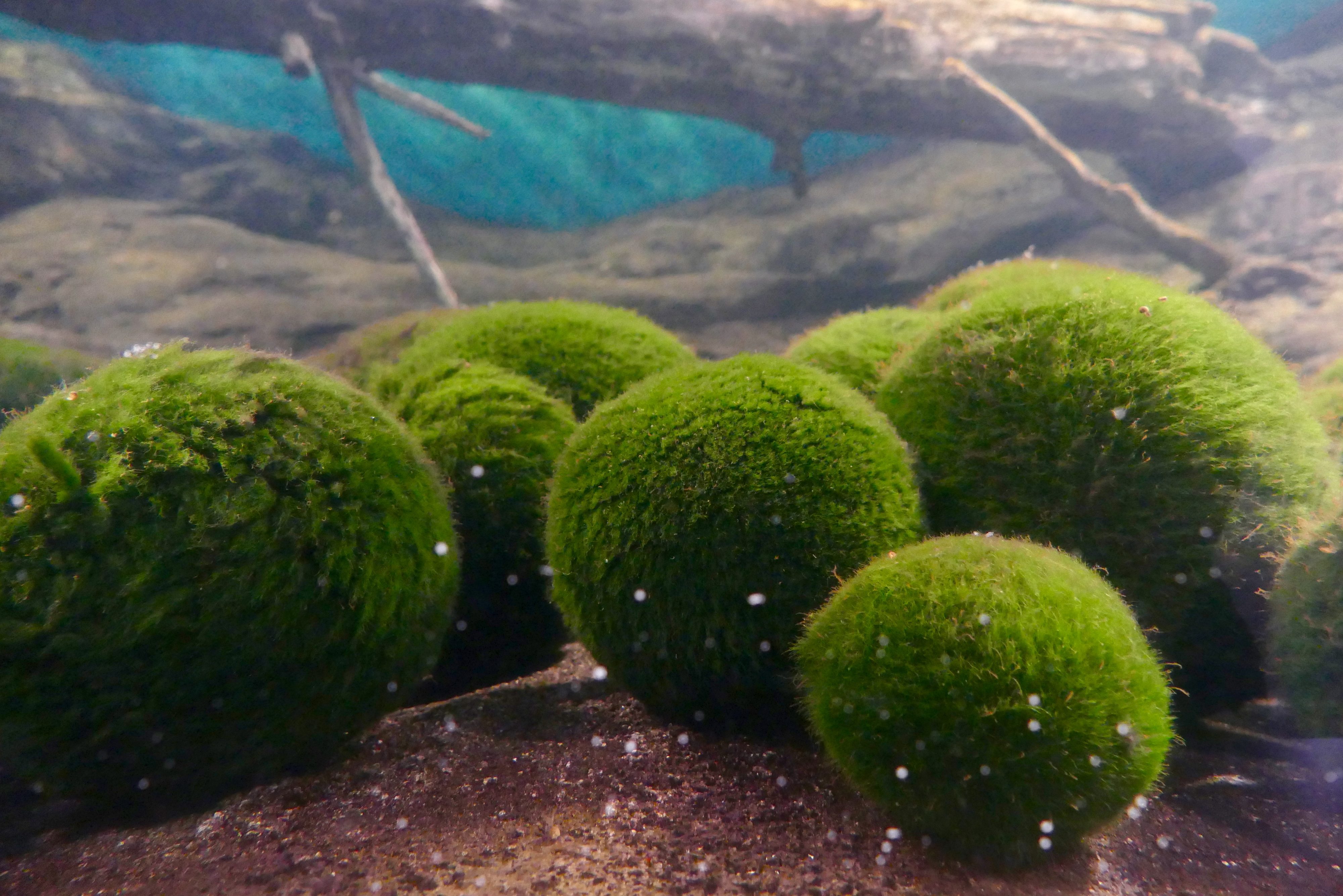Sometimes, for a vulnerable Australian species, an introduced species can prove an unexpected gift rather than yet another threat.
Comments closedCategory: photographs
All photos copyright Doug Spencer. Each is a close view of something wondrous, but easily ignored, reviled as “rubbish”, or dismissed as “dead”.
One CommentAll photos copyright Doug Spencer, taken on morning of March 23, 2018.
Comments closedMost of Tasmania’s Southwest National Park is wilderness – no roads, no internet, no selfie sticks…
One CommentWho was the most elegant and inspiring swimmer last Wednesday lunchtime at the waterhole in Aspley Gorge, near Bicheno?
Comments closedIts kelp/granite/sand shores are still sublime, and Bicheno the town remains nicely-unassuming.
Comments closedRemote, yet easily reached – when weather and other drivers have been gentle to its access roads.
Severely degraded – via agricultural activity/malpractice, upstream.
But still beautiful, apparently “wild” – this fragile/resilient place includes Crocodile Rock.
Comments closedSomething very harmful and maybe irreversible is happening to human attention in our digital age. Not just distraction or addiction; social media companies are inducing people to give up their autonomy. The power to shape people’s attention is increasingly concentrated in the hands of a few companies. It takes a real effort to assert and defend what John Stuart Mill called “the freedom of mind.” There is a possibility that once lost, people who grow up in the digital age will have difficulty in regaining it. This may have far-reaching political consequences.
Comments closedA readily accessible natural wonder … which few human eyes have seen.
Comments closedSome local tourist promoters and “official” signage falsely claim that marimo live nowhere else.
However, eastern Hokkaido’s Lake Akan is the best place to see them.
Akan has by far the largest known examples of this rare and astonishing algal form…and the lake and its surrounds are beautiful in their own right.
2 Comments